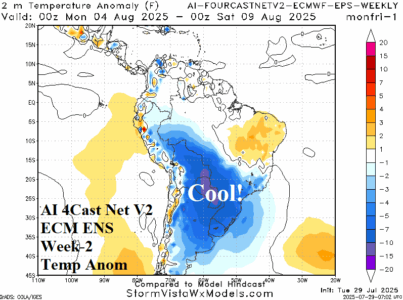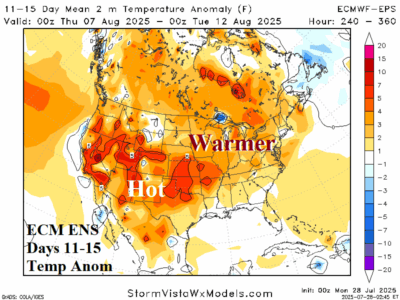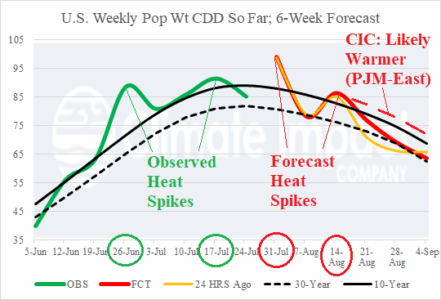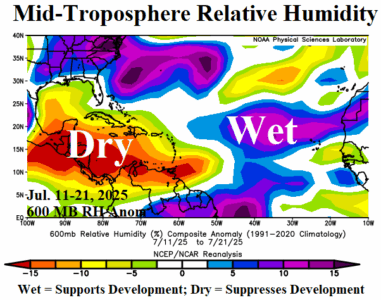07/29/2025, 5:29 am EDT
Sneaky chilly weather into Southern Brazil this morning and Wednesday morning with moderation to follow later this week. Next week, ECM projects a warmer regime across Argentina and Brazil. However, AI 4Cast Net V2 ECM ENS regenerates chilly weather. An important ECM Vs. AI test case for Brazil next week!




